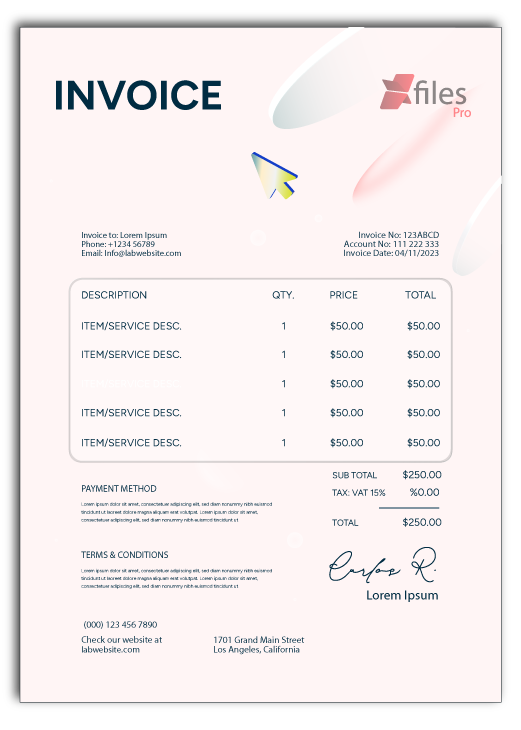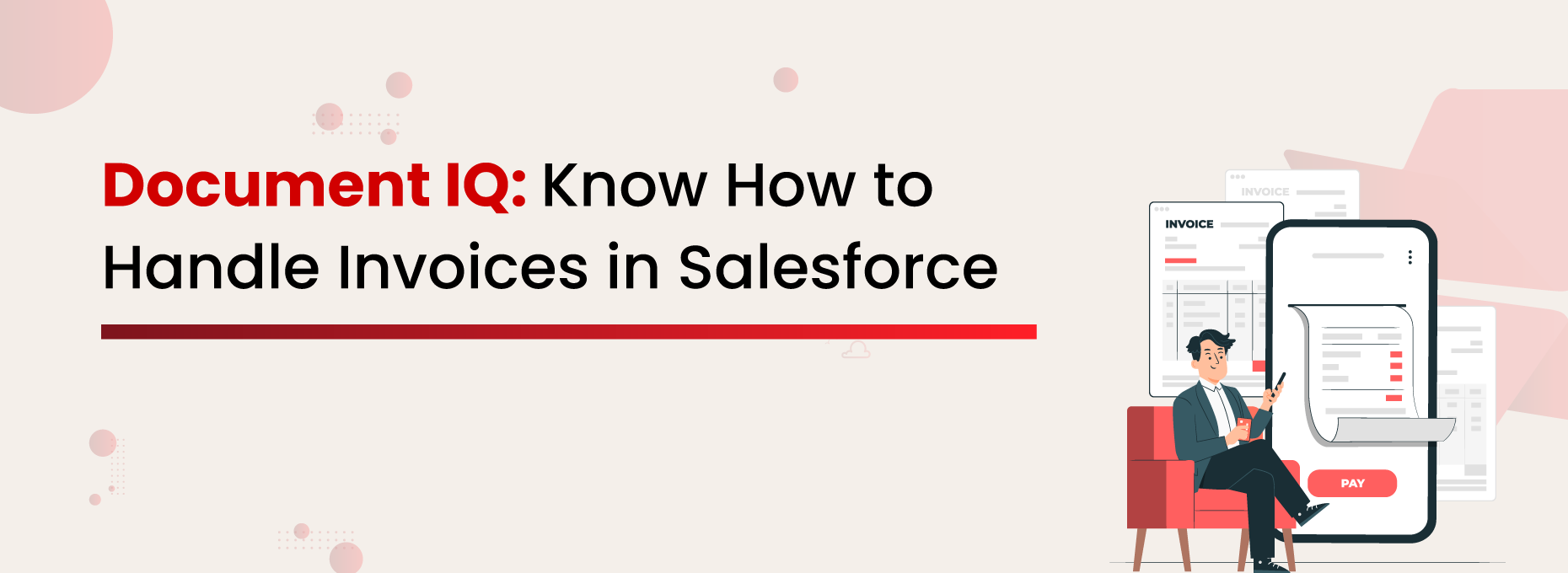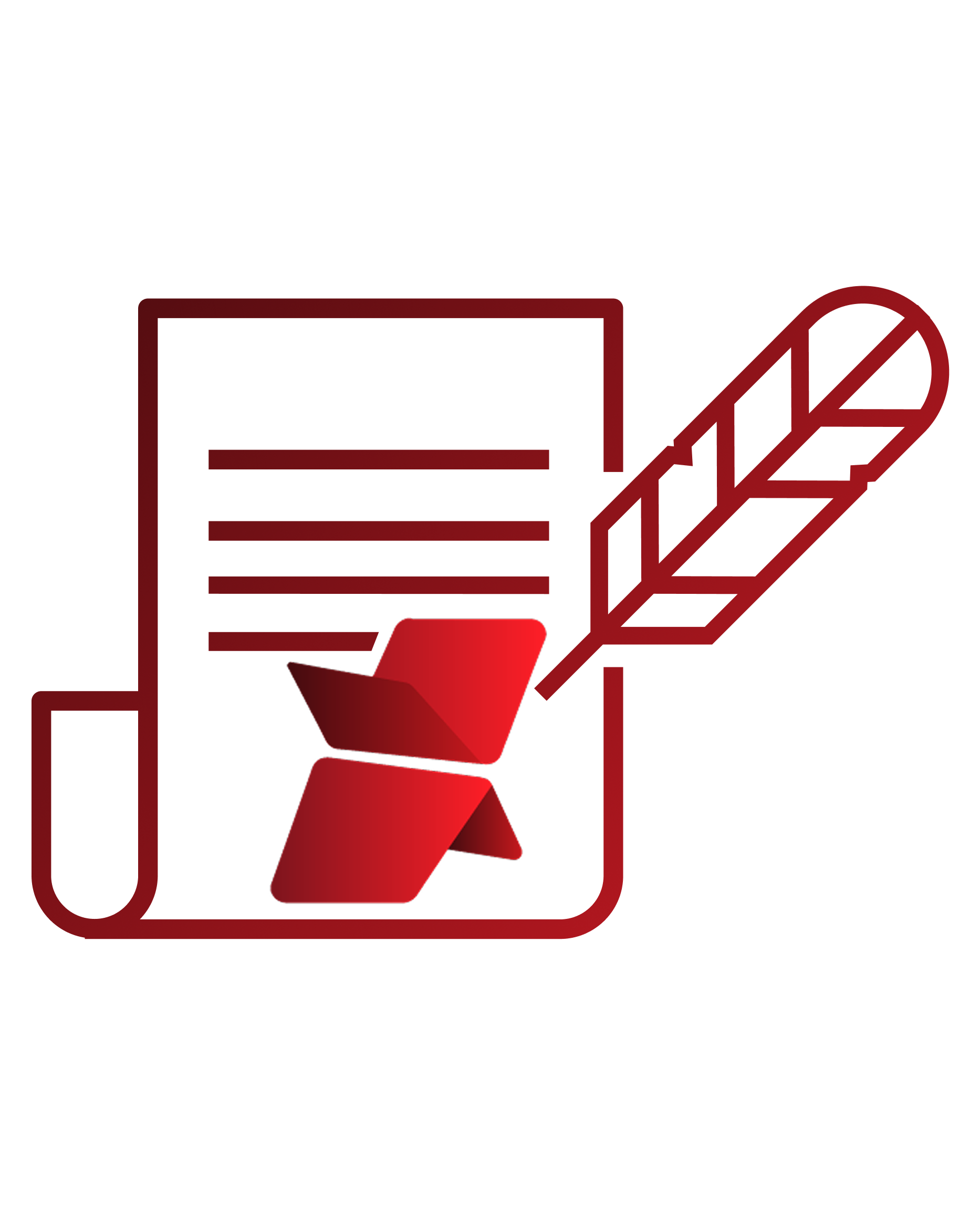Invoices: the foundation of every business transaction.
They are non-negotiable, but managing them manually in Salesforce can become complicated. That’s why Salesforce invoicing is the solution for many businesses.
The invoice management process often becomes repetitive, time-consuming, and invaluable between copy-pasting data, fixing entry errors, chasing approvals, formatting PDFs, and uploading files one by one. By the end of it, you’re either drained or wondering if there’s a better way.
Spoiler: there is!
Manual invoice handling opens the door to mistakes, delays, and a whole lot of inefficiency. That’s why smart teams are moving towards Salesforce invoice automation. With tools like XfilesPro, you can simplify document workflows, reduce manual work, and make your invoice process faster, cleaner, and way more reliable.
Challenges of Manually Creating Invoices

An invoice is a document issued by the seller to the buyer in relation to the sales transaction. It includes details of the products or services provided, their quantities, and price, and serves as a formal request for payment.
Manual Salesforce invoicing sounds manageable until things start slipping through the cracks. One missed field here, a late approval there, and suddenly, your billing process turns into a bottleneck. Here’s what usually goes wrong when you’re stuck doing it all by hand:
- Data entry errors: A single wrong digit can send the wrong invoice to the client.
- Wasted time: Copying, pasting, formatting, and uploading? It adds up fast.
- Approval hold-ups: Without automation, review, approval, and sign-offs can drag on.
- Lost invoices: Manual storage means digging through folders or inboxes.
- It doesn’t scale: What works for 10 invoices won’t work for 100.
What is Automated Invoice Generation?
Invoice automation (also called accounts payable automation or automated invoice processing) streamlines the entire process — from receiving and validating to approving and paying invoices — with minimal human involvement.
But how does it actually work behind the scenes?
It’s powered by technologies like Optical Character Recognition (OCR), Machine Learning (ML), and Artificial Intelligence (AI). OCR reads and converts invoice text from PDFs or scanned images into usable data, ML learns from historical patterns to improve accuracy and categorization, and AI intelligently validates information, flags discrepancies, and routes invoices for approval. This results in faster processing, fewer errors, and a more scalable, cost-effective Salesforce for billing system.
Powerful & Efficient Automated Salesforce Document Generation
The Role of Salesforce in Streamlining Billing
Efficient billing is critical for maintaining both cash flow and customer trust. That’s where Salesforce Billing comes into play—helping teams automate and simplify their entire billing process, from quote to cash. You can manage subscriptions, automate invoicing, track payments, and access real-time revenue insights—all from within your CRM using Salesforce for billing.
Limitations of Salesforce Billing
For businesses generating just a few invoices, Salesforce Billing works like a charm. But what happens when you need to generate 50, 100, or even more invoices at once? Suddenly, the process that once felt seamless starts showing its limitations. It becomes clear that while Salesforce provides the foundation, you need more flexibility and scalability to handle growing billing needs.
Key Benefits of Automated Invoice Generation
As businesses grow, so does the complexity of billing. That’s why more teams are turning to automated invoice generation to simplify the process and keep things moving efficiently.
Here’s how automation makes a real difference:
Cost Reduction
Recent research shows that automated invoice generation can reduce costs by 40% to 90% compared to traditional manual paper-based methods. That’s a huge cost-saving opportunity, especially for businesses dealing with high volumes of Salesforce invoicing.
Increased Accuracy
Automating invoice generation addresses this problem by pulling accurate data directly from your CRM, which eliminates typos and inconsistencies.
Faster Processing Times
Time is money, and manual invoice processing can be painfully slow. Approvals often get stuck in email chains or sit on someone’s desk for days. But here’s where automation changes the game. Businesses using automation spend up to 70% less time on invoice processing, cutting approval times from 10 days to just 3 days.
By eliminating repetitive tasks, teams move faster through the quote-to-cash cycle with more efficient Salesforce for billing workflows.
Improved Compliance
Nobody wants to deal with tax headaches or regulatory slip-ups. Manual invoicing can easily lead to missing documents, inconsistent formats, and non-compliant records.
E-invoicing can reduce tax compliance costs by 37–39%. That’s because automation ensures every invoice follows a consistent format, includes all required documentation, and aligns with regulations like GDPR, VAT, and other local tax laws.
Manual to Magical: Transforming Salesforce Documents with XfilesPro DocGen
Enhanced Vendor Relationships
Strong vendor relationships don’t just happen—they’re built on trust, transparency, and timely payments. Your invoicing process has a huge role to play in that.
A survey by PYMNTS revealed that 74% of mid-sized companies experienced increased vendor satisfaction after implementing complete invoice automation. This process accelerates transactions and reduces errors, elements that vendors highly value.
Key Benefits of Automated Invoice Generation

Automated invoice generation brings structure to the Salesforce billing process by connecting customer data and business workflows into one seamless flow. Here’s how it typically works:
Data Capture
The system pulls in all the necessary details, customer info, products or services, pricing, tax data, and terms directly from Salesforce. It starts with accurate, up-to-date data.
Data Validation
Before creating the invoice, built-in checks ensure nothing is missing or incorrect. Information such as pricing, tax codes, and customer addresses is verified automatically to avoid costly mistakes.
Approval Workflow
If your process requires approvals, say from finance or management, those steps are automated. Invoices can be routed based on set rules, reducing delays and keeping things moving.
Payment Processing
Once the invoice is approved and sent, it includes secure payment options. The system tracks when payments are made and updates the relevant records in Salesforce, so there’s no need for manual follow-up.
XfilesPro for Automated Invoice Generation
With XfilesPro DocGen, Salesforce invoicing becomes a lot more efficient. Below is where the real business proposition lies:
Template Setup
Start with your own branded invoice templates. Add logos, headers, footers, or custom payment terms. Want to show different content based on region, pricing model, or client type? Conditional formatting handles that automatically, so each invoice looks tailored, without the manual edits.
Data Population
Once your template’s ready, DocGen pulls live data straight from Salesforce. Whether it’s Accounts, Opportunities, or even Custom Objects, your invoices are populated instantly with accurate details.
Automated Workflow
With DocGen, you can generate invoices in bulk, trigger workflows, and manage reviews or sign-offs. Everything stays right where it belongs, inside Salesforce. No app-hopping or endless email loops.
Best Practices for Automated Invoice Generation
To get the most value out of invoice automation, here are some best practices you’ll want to follow:
Keep Your Salesforce Data Clean
Automation is only as smart as the data it works with. Regularly audit and update records like customer info, payment terms, and product details to avoid costly errors.
Use Dynamic Templates
Your invoices should look professional and consistent. Set up dynamic templates with your branding, and use conditional logic to personalize content based on location, customer type, or region.
Monitor & Optimize
Track metrics like invoice generation time, approval duration, payment timelines, and errors. Use this data to refine and improve your billing strategy continuously.
Secure & Centralized Storage
Store all invoices in a centralized location like SharePoint, Amazon S3, or OneDrive. This ensures easy access, better collaboration, and compliance with audit and regulatory needs.
Final Thoughts
Invoices might seem like routine paperwork, but they’re a critical part of keeping your business operations, cash flow, and customer relationships on track. Relying on manual processes in Salesforce might work for a while, but as your business grows, it quickly turns into a roadblock.
By adopting tools like XfilesPro DocGen, you can take full control of your Salesforce invoicing, reducing manual effort, increasing accuracy, and freeing your team to focus on what really matters: delivering value.
Still spending too much time on invoice generation in Salesforce? Let’s change that. Book a personalized demo and discover a faster, smarter way to bill.





